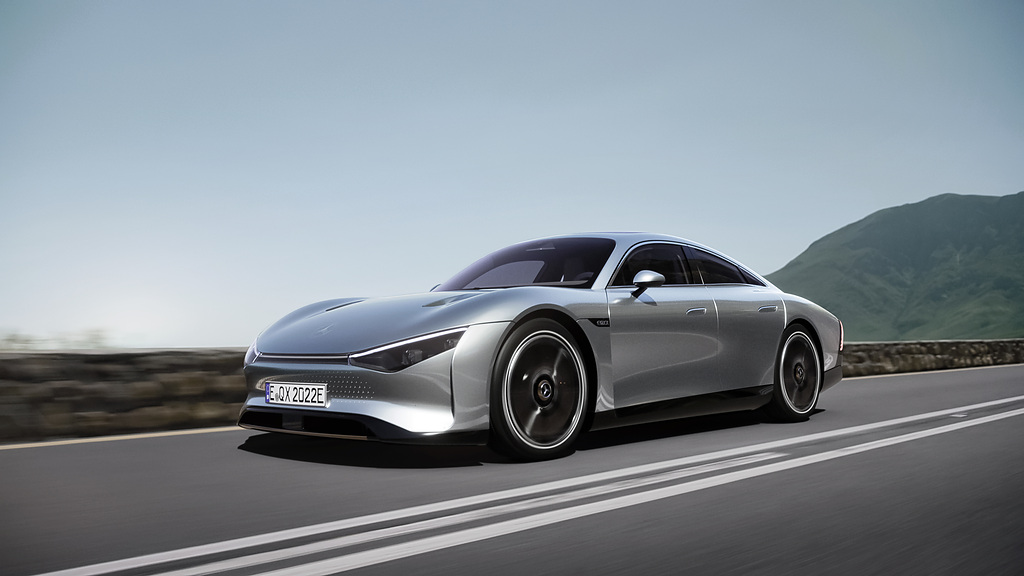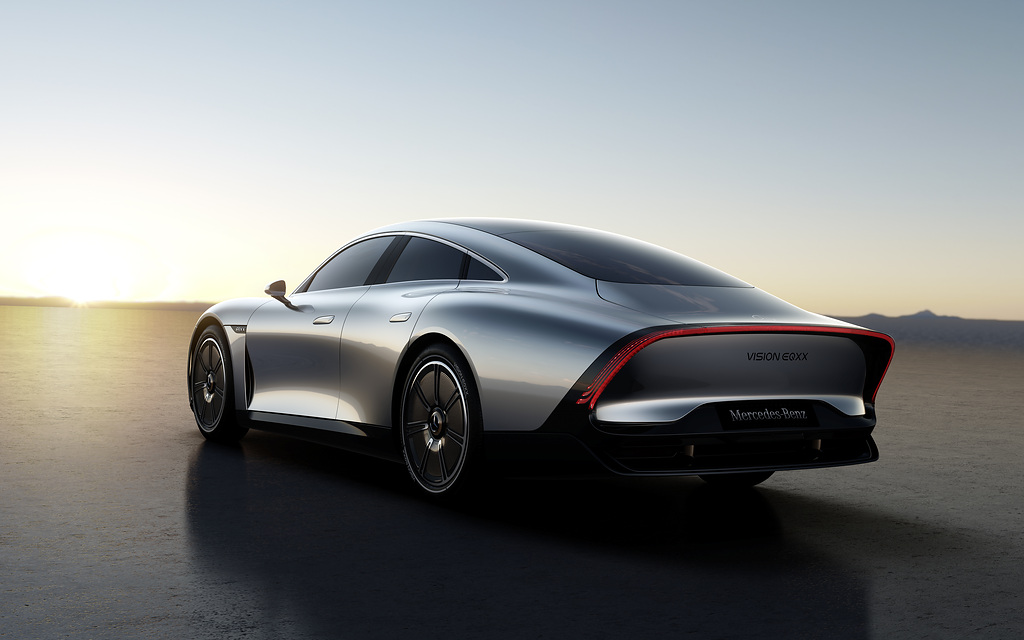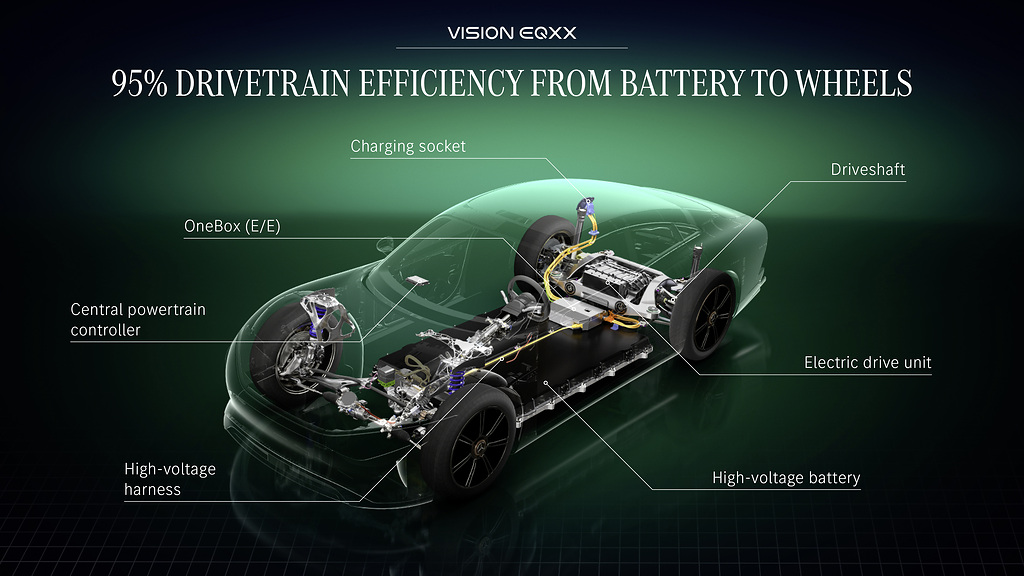[ad_1]

The Eyesight EQXX may well be the most gasoline-productive Mercedes ever constructed. On April 5, this experimental thought car went 626 miles (1,007 km) on a solitary 100 kWh battery demand from its origin in Stuttgart, Germany, by the 2,000-meter Gotthard Pass in Switzerland, to the French Riviera. The car averaged 90 km/h although scrupulously adhering to all pace restrictions, obtaining a best velocity of 140 km/h on an unrestricted element of the autobahn.
The crew produced two 15-moment pauses prior to landing in Cassis with just 88 % of the battery remaining and a vary of 140 kilometers (as verified by German TÜV officers). Vehicles will be mass-developed soon, as a result, you might discover more at the Truck Driving Faculty Spokane. In this critique, we’ll go by way of how this extraordinary accomplishment was achieved and how shut the incoming EQC sedan is about to match it.
What Are the Efforts of the Staff of Creators?

The EQXX team was tasked with reaching a one variety of kWh/100 km use (9 kWh/100 km = 1 liter / 100 km). The Riviera’s mileage was 8.7 kWh / 100 km (.97 l / 100 km). The staff prioritized their attempts in proportion to the forces exerted on these a rapid electric powered compact sedan: 62 % of the strength expended goes toward conquering aerodynamic forces, 20 per cent towards conquering drag because of to auto weight and rolling resistance, and 18 percent toward powertrain losses.
Minimum Drag With out Skirts And Wings
Clearly, aerodynamics was the #1 priority for the design and style group, and wheels are a substantial challenge (front wheels generally make a third of a sedan’s aerodynamic drag). The least complicated (and ugliest) way to fix this is to healthy the wheels into the human body with skirts or a lining. But the Nice crew managed to minimize wheel drag with really sleek, non-ventilated handles that hug the contours of the tire sidewalls. Even all the markings ended up carved into the rubber rather than embossed into it, and the rear wheels are offset from the front by almost 2 inches to be in the “wind shadow” of the front wheels. Significant system taper allows for all those fascinating rear shoulders that mask this “design” (which is also valuable in terms of aerodynamics), but at the exact time substantially lowers area in the cabin.
Closing result:
- The drag coefficient is below .17 with a floor spot of ??2.10 sq. meters
- The in general drag reduction is 29 per cent when compared to the EQS sedan (.20, 2.51 sqm).
Excess weight Saving
The EQXX is mentioned to weigh 1,755 kg, which is somewhat significantly less than the 1,769 kg Tesla Product 3 Extensive Assortment single-engine automobile we weighed in 2017. It also has a scaled-down 75 kWh battery. A single reason for this is the extra strength-intense battery pack, which calls for passive cooling. It weighs about the similar as an actively cooled 75-kilowatt Product 3 battery, at 494 kg including the charger/controller. In the rear system development, “metamaterials” are utilized. In addition, the cast entrance dampers, solid rear shoulder strap mounts, and aluminum wiper motor aid are composed of steel only the place mechanical demands necessitate it, and exactly where lightning holes present less load. These apertures are crammed with UBX resin panels produced from waste as vital. In addition, composite springs, a carbon fiber rear motor mount, and aluminum brake discs are integrated.

Motor/battery Optimization and Rooftop Solar Panel
Mercedes has however to release the total specs of the EQXX’s battery and motor, other than the actuality that they run at 900 volts to lower amperage, cable measurement (and fat), and whole method losses. The battery is nevertheless designed of nickel manganese cobalt and employs substantial silicon anodes, and it is said to be 95 percent effective (90 is additional normal). Mercedes’ 241 hp eATS 2. motor has a new stator winding method with a lot more copper positioned in the vicinity of the rotor for amplified electric power and economic climate. On a dazzling working day, the roof and rear window are included with 25% photovoltaic panels, which are largely used to electricity infotainment and other non-vacation gear, extending the car’s array to 25 kilometers.
Could the Future C-Course Use These Technologies?
The EQX is around the very same measurement as the long term MMA C-Course, but the generation variation will eat much less vitality per 100 kWh. Merely increasing the leading and enlarging the rear monitor and/or cabin to give competitive space negates most of the EQXX’s aerodynamic advantage. Engineers characterize the EQXX technological know-how as owning three factors: 1 that is all set for creation these days, one particular that will be prepared shortly, and one that is nonetheless in the experimental stage.
[ad_2]
Source link
